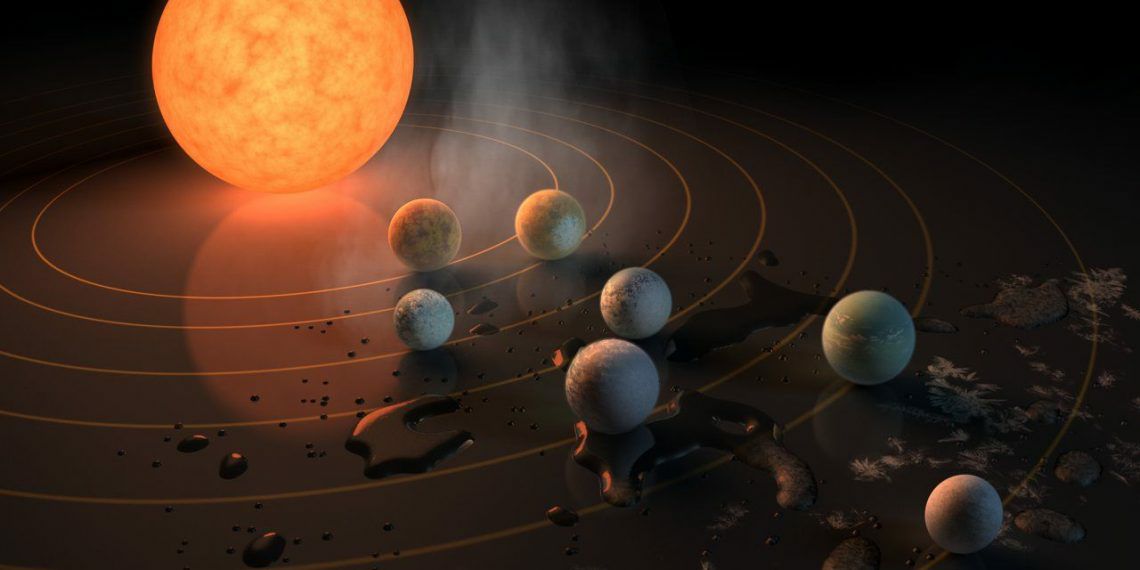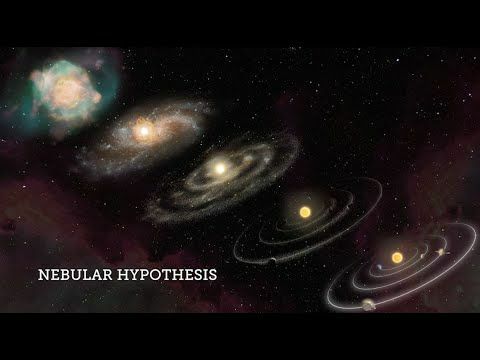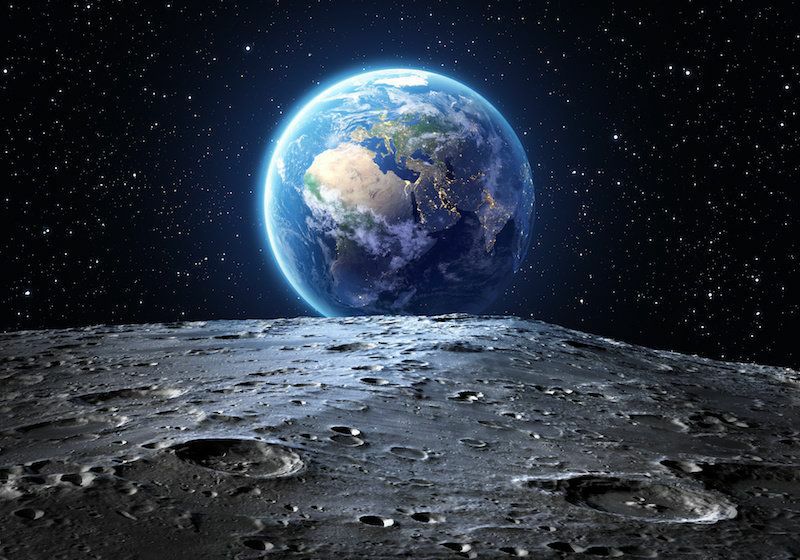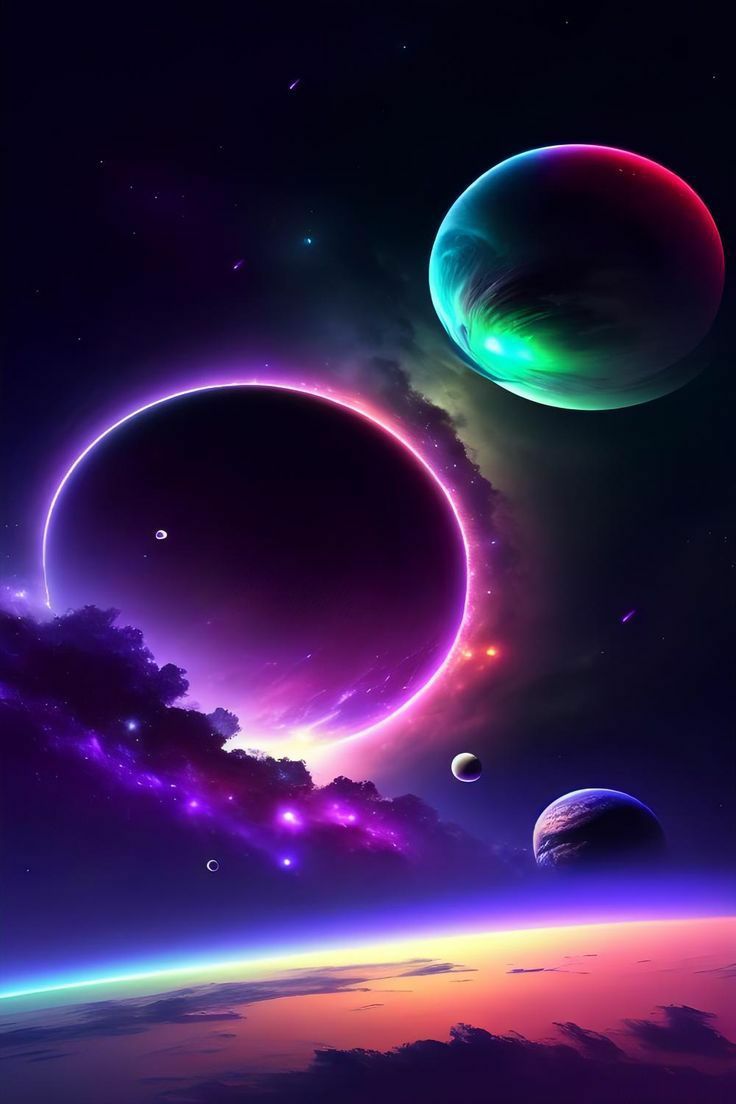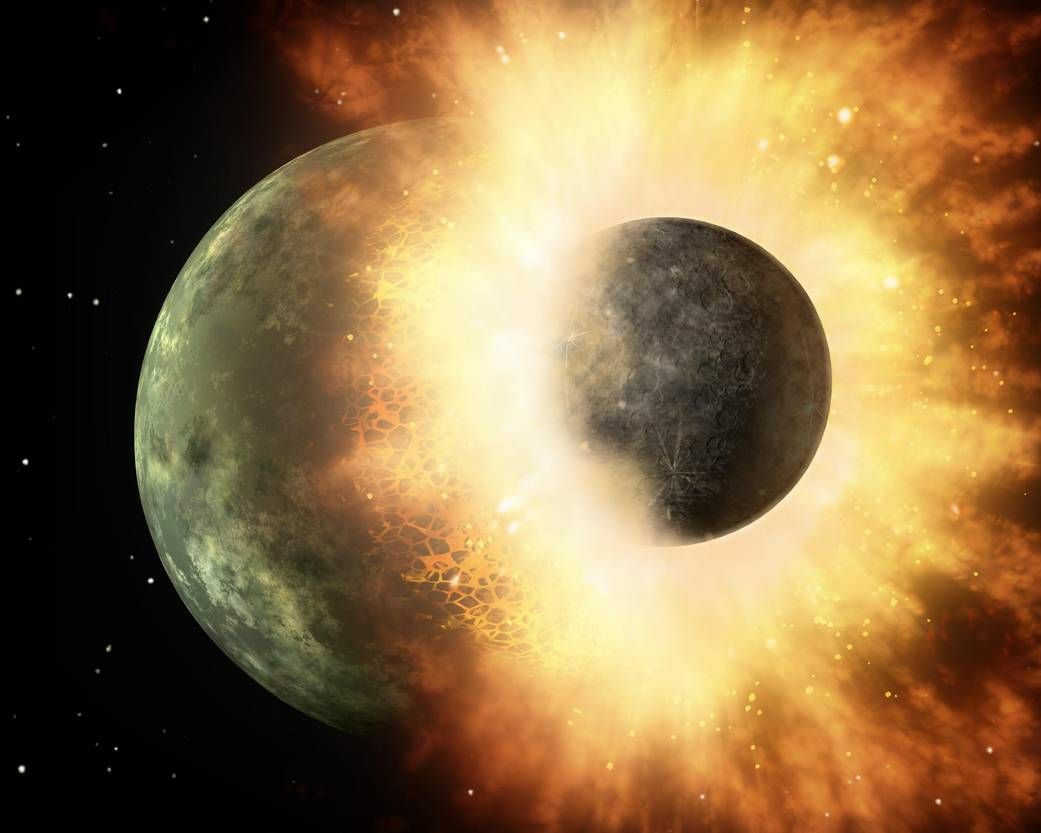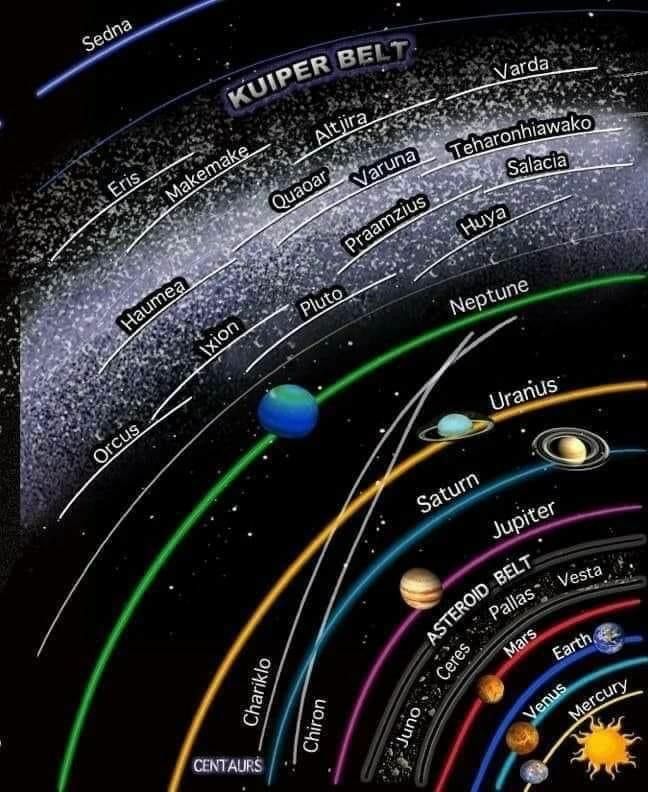Formation of Planets
Planet creation is a fascinating process that has captivated scientists and the general public for ages. It is the collision of dust and gas in the early stages of a star’s existence, which culminates in the creation of planets. In this article, we will look at the many stages of planet creation, from protostar collapse through the development of a mature planet.
The birth of a protostar When a thick cloud of gas and dust falls due to gravity, a protostar is born. The cloud warms up and begins to spin as it compresses, producing a flattened disk around the core mass. This disk is known as a protoplanetary disk, and it is where planets are born.
Planetesimal formation Dust particles clash and cling together within the protoplanetary disk, generating bigger particles known as planetesimals. These planetesimals can have diameters ranging from a few millimeters to many kilometers. These planetesimals collide and combine throughout time, eventually generating larger and larger entities.
Protoplanet formation As these bodies expand in size, gravity begins to draw more and more material. This process is repeated until the bodies grow large enough to be classified as protoplanets. At this stage, protoplanets can have diameters of several hundred kilometers.
Terrestrial planet formation Only tiny, rocky particles may form in the inner parts of the protoplanetary disk, where the temperature is high. These particles combine to produce terrestrial planets like Earth, Mars, Venus, and Mercury. The solid, hard surfaces of these planets distinguish them.
Gas giant formation The gas and dust particles combine to form considerably bigger entities at the outer parts of the protoplanetary disk, where temperatures are much lower. These bodies have gaseous atmospheres and can grow to be many times the mass of Earth. Jupiter, Saturn, Uranus, and Neptune are examples of gas giant planets.
Planet formation in its last stages As the protoplanets increase in size, they begin to clear other objects’ orbits. This process, known as accretion, continues until the protoplanet’s orbit is rid of most debris and it becomes a mature planet. The ultimate steps of planet formation can take millions, if not billions, of years.
Conclusion Planet creation is a difficult and interesting process that occurs over millions of years. Each stage of planet formation is crucial in forming the vast array of planets we see in our solar system and beyond, from the collapse of a protostar through the construction of mature planets. Understanding the mechanisms that lead to planet formation is critical to comprehending the cosmos and our role in it.
Hits: 0
